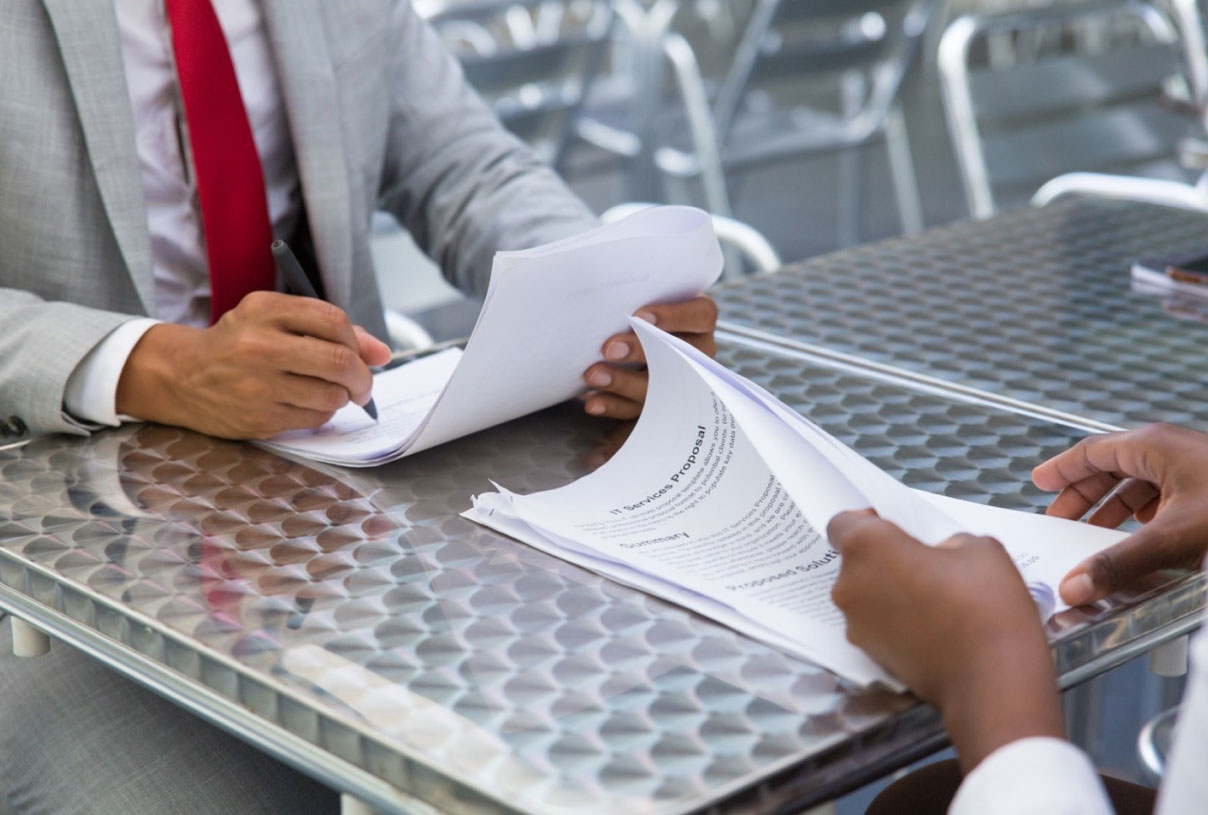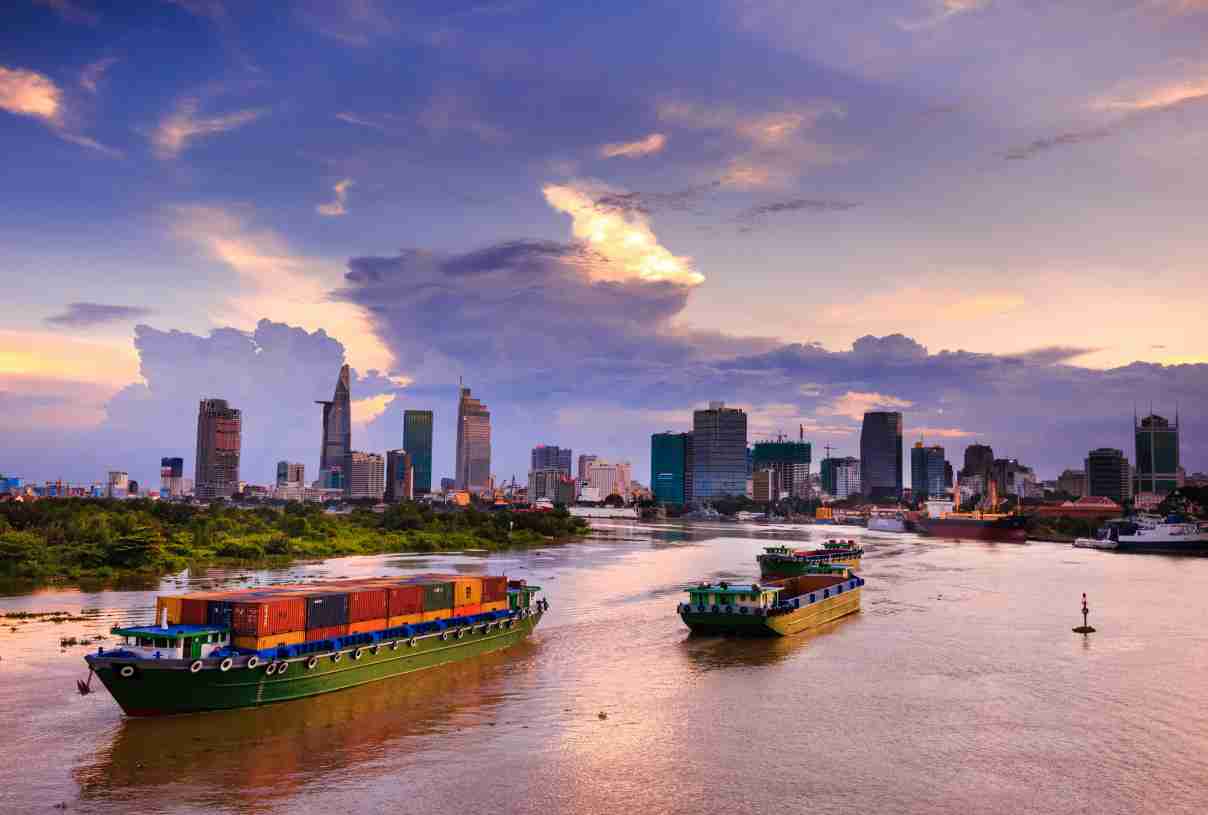Understanding Tariff Valuation Methods: Determining Customs Duties and Taxes
In today’s competitive global market, understanding the intricacies of tariff valuation is indispensable for any business engaged in international trade. These methods don’t just shape the financial landscape of custom duties and taxes but also enhance compliance and deliver operational efficiencies. This article will help you understand the key aspects of the customs clearance process and guide you on how to determine the duties and taxes.
How Important is the Accurate Classification of Goods for Customs Purposes?
The fundamental step in calculating customs duties and taxes is accurately classifying the goods. Every imported or exported product will have a unique Harmonised System (HS) code. These internationally standardised codes help in categorising products and determining the duties, taxes, and regulations according to global standards. They also minimise customs documentation and interactions with clearance agents, making the process seamless. Accurate classification is vital for effective customs clearance services, helping businesses avoid delays, underpayments, or penalties.
What Are the Different Types of Valuation Methods in Customs?
Once the goods are classified, the next step is to value them. The customs value is the primary element in determining the customs duty to be paid. The World Trade Organisation (WTO) has established six different methods to value goods. The primary and commonly used method is the Transaction Value, based on the price paid or payable for the goods. When the transaction value cannot be determined, other methods such as transaction value of identical goods, transaction value of similar goods, deductive method, computed method, and fall-back method are used. These valuation methods are significant to ensure compliance with customs import and export regulations.
- Transaction Value Method
- Transaction Value of Identical Goods
- Transaction Value of Similar Goods
- Deductive Method
- Computed Method
- Fall-back Method
What Factors Influence Customs Duties and Taxes?
The next step is to determine the customs duties and taxes. How customs duties are calculated can widely differ depending on the type of goods and the country of import. Understanding the primary difference between customs duties and tariffs is crucial for any business to calculate accurately.
A customs duty can be defined as a type of indirect tax imposed on imported or exported goods by customs authorities. A tariff is a type of customs duty specifically referring to international trade taxes.
Many businesses seek help from professional customs clearance agents to handle the complexities of customs clearance. These specialists ensure that all documents are accurately prepared and submitted. They also help manage trade compliance and risk management, making the entire process seamless. Seeking help from these professionals plays a vital role in many regions.
How Can Businesses Minimise Import/Export Costs?
Businesses can utilise varied strategies for optimising import and export costs. One proven strategy to minimise costs is leveraging customs clearance automation. This refers to the use of different tools and software to streamline the entire operation, which could minimise errors and save time. This software can also be used for calculating customs duty and generating documents that comply with trade regulations. Additionally, it comes with a set of customs clearance advantages, including faster processing times, improved accuracy, reduced administrative burdens, and enhanced compliance with regulations.
Apart from advantages, there are a few setbacks to consider. The customs clearance challenges include sudden changes in trade policies, complex regulations, additional time for delivery, and the risk of penalties. However, these can be minimised with the help of professional customs clearance agents in the import/export business.
Conclusion
Professional customs clearance agents and employing unique strategies can help businesses tackle the complexities involved in the customs clearance process. This can also accelerate operations and minimise total costs. Additionally, it ensures compliance and prevents businesses from potential pitfalls in the global trade environment.
How Al-Etaad Al-Motakamel Helps Businesses Simplify Customs Clearance
Customs clearance is the hardest part of shipping goods internationally, and mistakes can cause long and expensive delays. Our customers trust us to help them minimise the risk of customs holdups through meticulous, practiced management of compliance with export and import protocols and documentation requirements at international borders.







